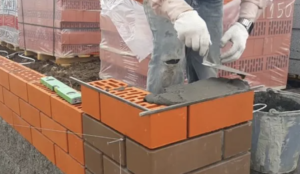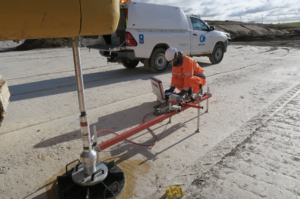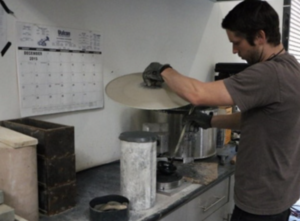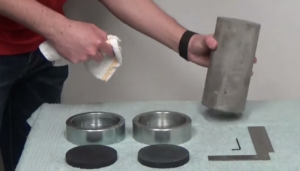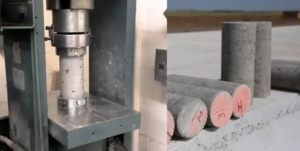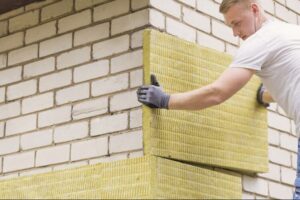What Insights Were Gained from Testing Insulation Materials for a Green Building?
In green building design, insulation is more than just a thermal buffer—it’s a core component of energy efficiency, indoor air quality, and occupant comfort. In one ambitious eco-friendly project, material testing led to critical insights1 that reshaped insulation choices and improved the overall sustainability profile. Here’s what happened behind the scenes.
Selecting Insulation Materials for the Green Building Project
The project—a four-story office building targeting LEED Gold certification2—aimed to reduce energy consumption by 40% compared to baseline code. Early design proposals considered several sustainable insulation options
- Mineral wool (recycled content, fire resistance)
- Cellulose insulation (natural fiber, high R-value)
- Rigid polyisocyanurate (PIR) boards (high thermal efficiency)
- Bio-based spray foam (low embodied carbon)
Each product appeared promising on paper. But to ensure long-term performance and meet certification requirements, in-depth material testing3 was essential.
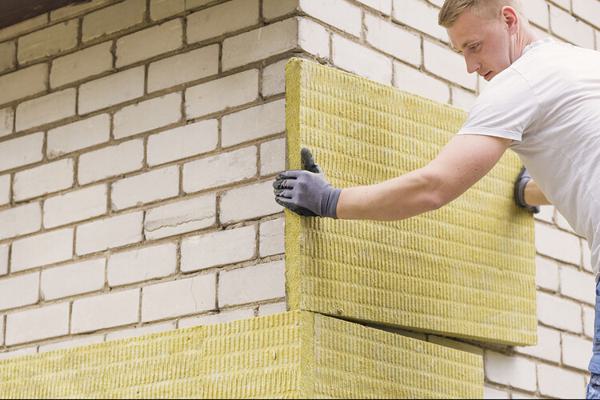
Thermal Conductivity and Moisture Permeability Testing
Energy performance and wall durability depend heavily on thermal conductivity and how insulation interacts with moisture. The materials were tested under controlled lab conditions.
Testing Methods:
- Thermal Conductivity (ASTM C518) to determine R-values
- Water Vapor Transmission (ASTM E96) to measure permeability
- Hygrothermal Cycle Test (EN 1609) to simulate condensation exposure
| Material | R-Value (per inch) | Perm Rating | Moisture Resistance Grade |
|---|---|---|---|
| Mineral wool | 3.7 | > 30 (very high) | Moderate |
| Cellulose (dense-pack) | 3.6 | ~50 | Low without vapor barrier |
| PIR board | 6.5 | < 1 (low) | Excellent |
| Bio-based spray foam | 4.9 | 3–5 | High if closed-cell |
The PIR board had the best thermal resistance4, but its low permeability raised red flags for wall assemblies in humid zones. The cellulose, while eco-friendly, would require rigid vapor control5 to prevent mold. These findings prompted further indoor air quality testing6.
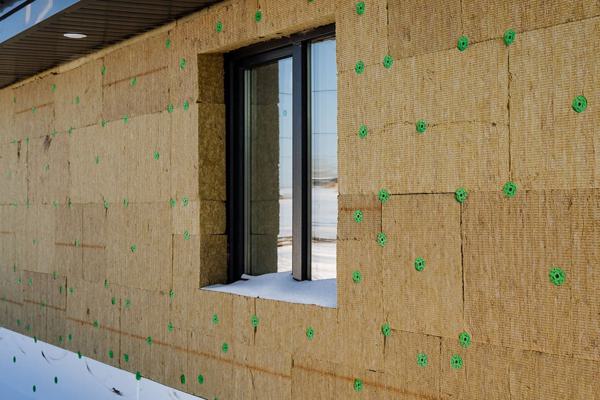
VOC Emission Testing Results and Their Significance
To meet LEED and WELL standards, the team conducted Volatile Organic Compound (VOC) emission tests on all candidate insulation materials.
VOC Testing Protocol:
- ASTM D5116 and ISO 16000-9 chambers were used
- Focused on formaldehyde, isocyanates, benzene, and toluene
- 7-day and 28-day emission levels were measured
| Material | Formaldehyde Emission (µg/m³) | Total VOCs (TVOC µg/m³) | Pass/Fail (LEED v4) |
|---|---|---|---|
| Mineral wool | < 5 | < 50 | ✅ Pass |
| Cellulose (borate-treated) | ND | < 25 | ✅ Pass |
| PIR board | 23 | 180 | ❌ Fail |
| Bio-based spray foam | 18 | 95 | ✅ Conditional Pass |
PIR insulation, though highly efficient, failed to meet the low-emission threshold due to residual blowing agents and adhesives. The spray foam passed marginally but required extended off-gassing periods before occupancy.
These results had major implications for material selection and construction scheduling.

Incorporating Test Findings into the Final Building Design
Armed with test data, the design team developed a hybrid insulation strategy:
- PIR boards were used only in below-grade foundation walls, where VOCs were contained and thermal demand was highest.
- Cellulose insulation was installed in above-grade exterior walls, with a smart vapor barrier to manage moisture.
- Mineral wool was used in interior partition walls for both acoustic and thermal buffering.
- Bio-based spray foam was reserved for roof cavities, where space was limited but performance needed to be high.
Additionally:
- Ventilation systems were adjusted to accommodate early-phase VOC release.
- Construction phasing included dedicated off-gassing periods before sealing the building envelope.
| Assembly Area | Chosen Insulation | Reason |
|---|---|---|
| Exterior above-grade | Dense-pack cellulose | Breathable, low emissions, carbon-friendly |
| Below-grade foundation | PIR boards | High R-value, moisture-resistant |
| Roof cavity | Bio-based spray foam | Air-tight, semi-permeable, compact space fit |
| Interior partitions | Mineral wool | Fire-safe, VOC-free, acoustic performance |
This approach balanced performance, indoor air quality, and environmental impact, ultimately contributing to the building’s successful LEED Gold certification.

Conclusion
Testing insulation materials went far beyond checking specs—it shaped smarter design decisions. By validating thermal efficiency, moisture response, and air quality impact, the project team delivered a high-performance building that’s as healthy as it is energy-efficient. In green construction, real sustainability starts with real data—and this project proved it.
-
Exploring this resource will provide you with valuable insights into how material testing can enhance sustainability in building projects. ↩
-
Understanding LEED Gold certification can help you grasp its importance in sustainable building practices. ↩
-
Discovering the best sustainable insulation options can guide you in making eco-friendly choices for construction. ↩
-
Exploring the significance of in-depth material testing can enhance your knowledge of quality assurance in building projects. ↩
-
Understanding thermal resistance is crucial for optimizing energy efficiency in building designs. Explore this link to learn more. ↩

